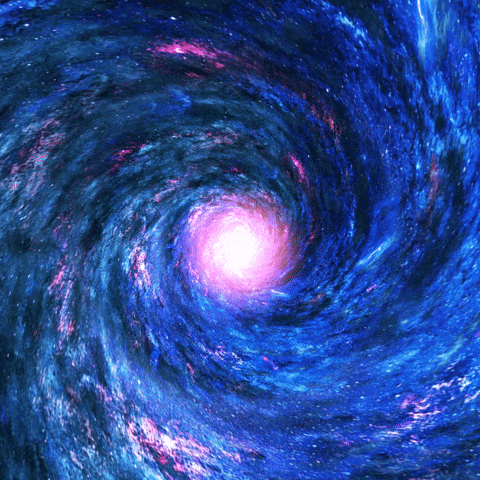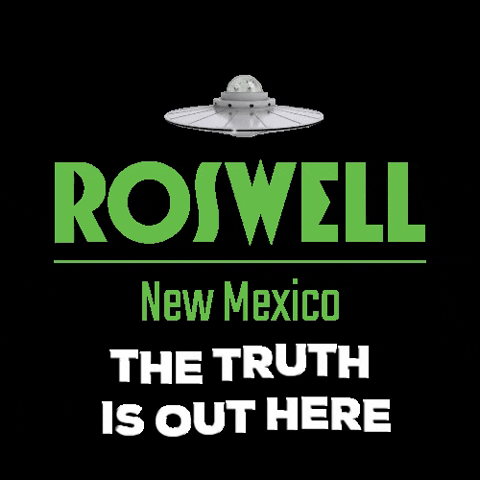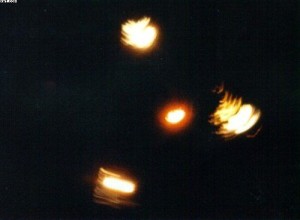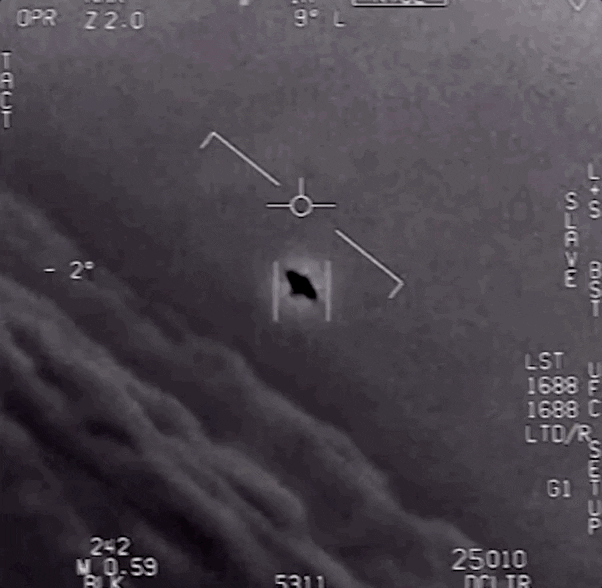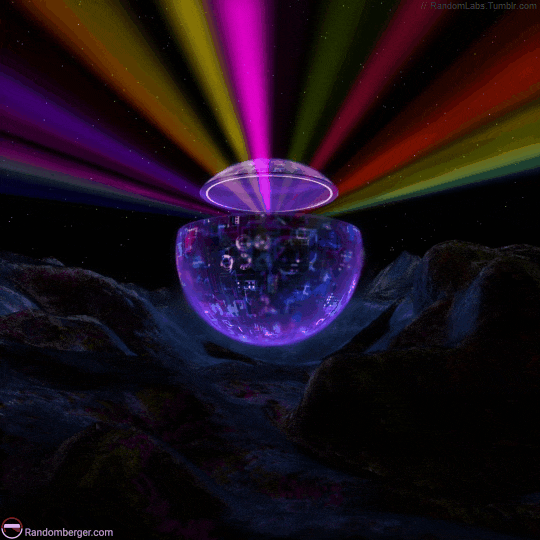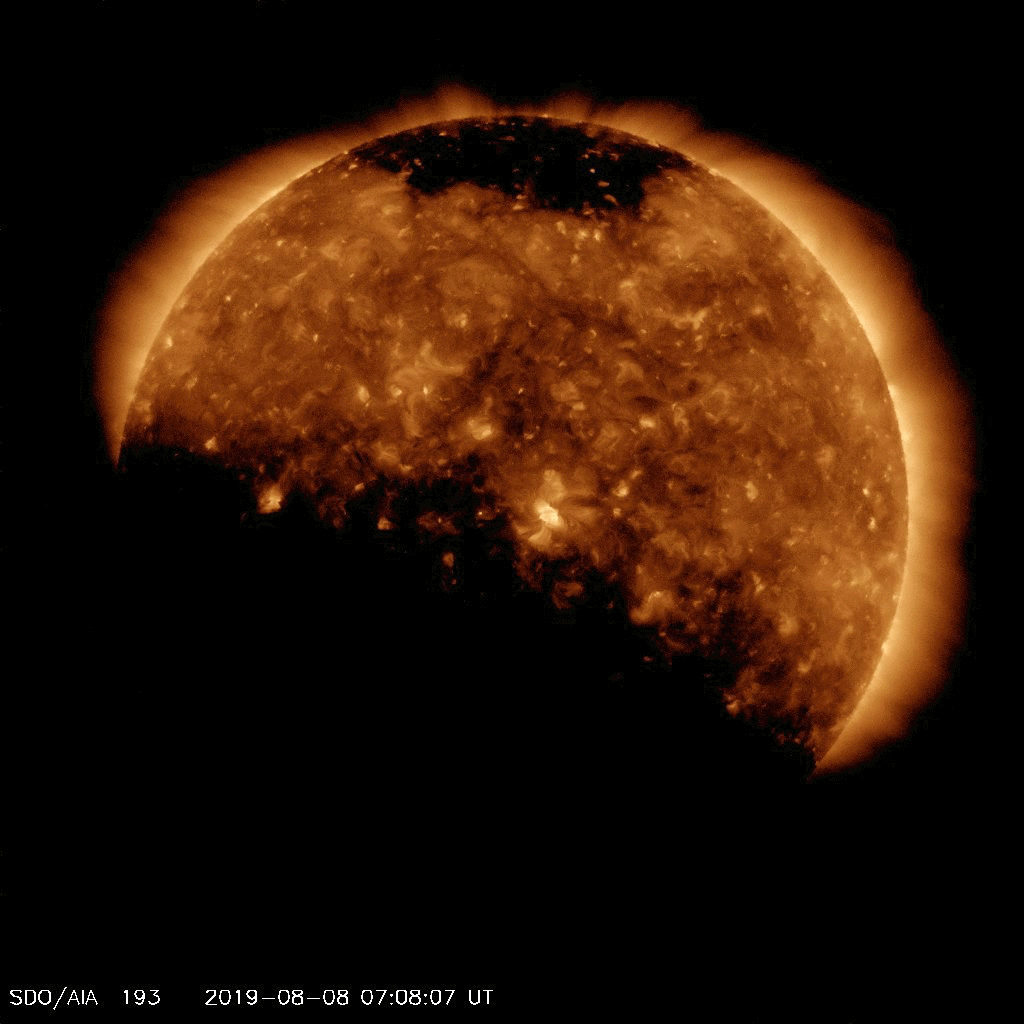Each week we uncover the most interesting and informative articles from around the world, here are 10 of the coolest stories in science this week.
1. Eclipse Drawings
Millions of people will gaze at the Great American Eclipse on Aug. 21, shooting photographs and taking selfies. A thousand years ago, early Pueblo people, called Chacoans, captured their experiences of a total solar eclipse by carving it into a rock — a circle with looping streamers that resemble the sun's outer atmosphere, or corona. [Read more about the celebration.]
2. Floating Bugs
If you've ever dreamed of suspending a spider in thin air or floating an ant in midair (and who hasn't?), new research has your back.
Acoustic levitation is about more than befuddling your neighborhood ants: Researchers can use levitation to study physical properties in microgravity, Marzo and his colleagues wrote. [Read more about the miniature machine.]
3. Raising Awareness
A woman in Arizona who was born without a vagina — the result of a rare condition — is speaking out about her condition, and raising money for a surgery to treat it.
People with this condition are genetically female (meaning they have two X chromosomes), and have normally functioning ovaries. They also have normal external genitalia, and so the condition is usually discovered only when women do not get their period, as was the case for Moats. [Read more about the rare condition.]
4. Whiskey and Water

Whiskey connoisseurs have long thought that mixing a few drops of water with the drink could enhance its flavor.
Many historical figures have waxed poetic over whiskey. For instance, playwright George Bernard Shaw opined that "whisky is liquid sunshine," while author Mark Twain thought "too much of anything is bad, but too much good whiskey is barely enough." [Read more about the drink.]
5. L'il Pup Blue
Dogs of a different color have been spotted roaming the streets of Navi Mumbai in India, according to news reports.![]()
So far, dogs seem to be the only animals affected by the blue dye. But animal rights activists said that other animals, including birds and reptiles, may also be affected. [Read more about the pollution.]
6. Chilesaurus
A bizarre-looking dinosaur discovered by a young boy in Chile may be the missing link showing how members of one major dinosaur lineage evolved into a completely new dinosaur group, a new study finds.
This isn't the first time Chilesaurus has turned heads. In 2010, 7-year-old Diego Suárez, the son of two geologists, found the 145-million-year-old beast in southern Chile's Toqui Formation. [Read more about the missing link.]
7. Predicting Eclipses
More than 2,000 years before the Great American Solar Eclipse, which will darken the skies over the U.S. on Aug. 21, astronomers in ancient Greece developed their own "supercomputer" to predict eclipses just like this one.
Though the mysterious astronomical calculator's 2,000 years under the sea have corroded it, scientists have used 3D imaging to reveal some of the text on the box, which provides instructions on how to use it, according to a 2016 study published in the journal Almagest. [Read more about the ancient computer.]
8. Fear and the Eclipse

Total solar eclipses have inspired wonder and awe throughout history, with the first known reference to an eclipse dating back about 5,000 years. But when the moon passes between Earth and the sun and darkens skies across the United States on Aug. 21, there will be one major difference between modern-day skywatchers and ancient cultures that witnessed the same celestial phenomenon: We'll have much less fear. [Read more about the ancient lore.]
9. More Dangers at Fukushima

The Fukushima Nuclear Power Plant is still severely damaged from the magnitude-9.0 earthquake and massive tsunami that crippled it in March 2011. But now, the area is facing another threat: What is thought to be an undetonated World War II-era bomb was discovered on the grounds of the power plant, according to news sources.
Fukushima police plan to examine the device to confirm that it actually is a bomb, and they will decide how to dispose of it if it is still explosive, according to The Mainichi. [Read more about bomb.]
10. Antarctic Dangers?

Nearly 100 previously unknown volcanoes lurk beneath Antarctica, and scientists still don't know how many of these volcanoes are active.
The number of volcanoes in the region rivals that of the East African Rift Valley, one of the most volcanically dense regions of the world. [Read more about eclipses across the hidden volcanoes.]
Follow Live Science @livescience, Facebook & Google+.


